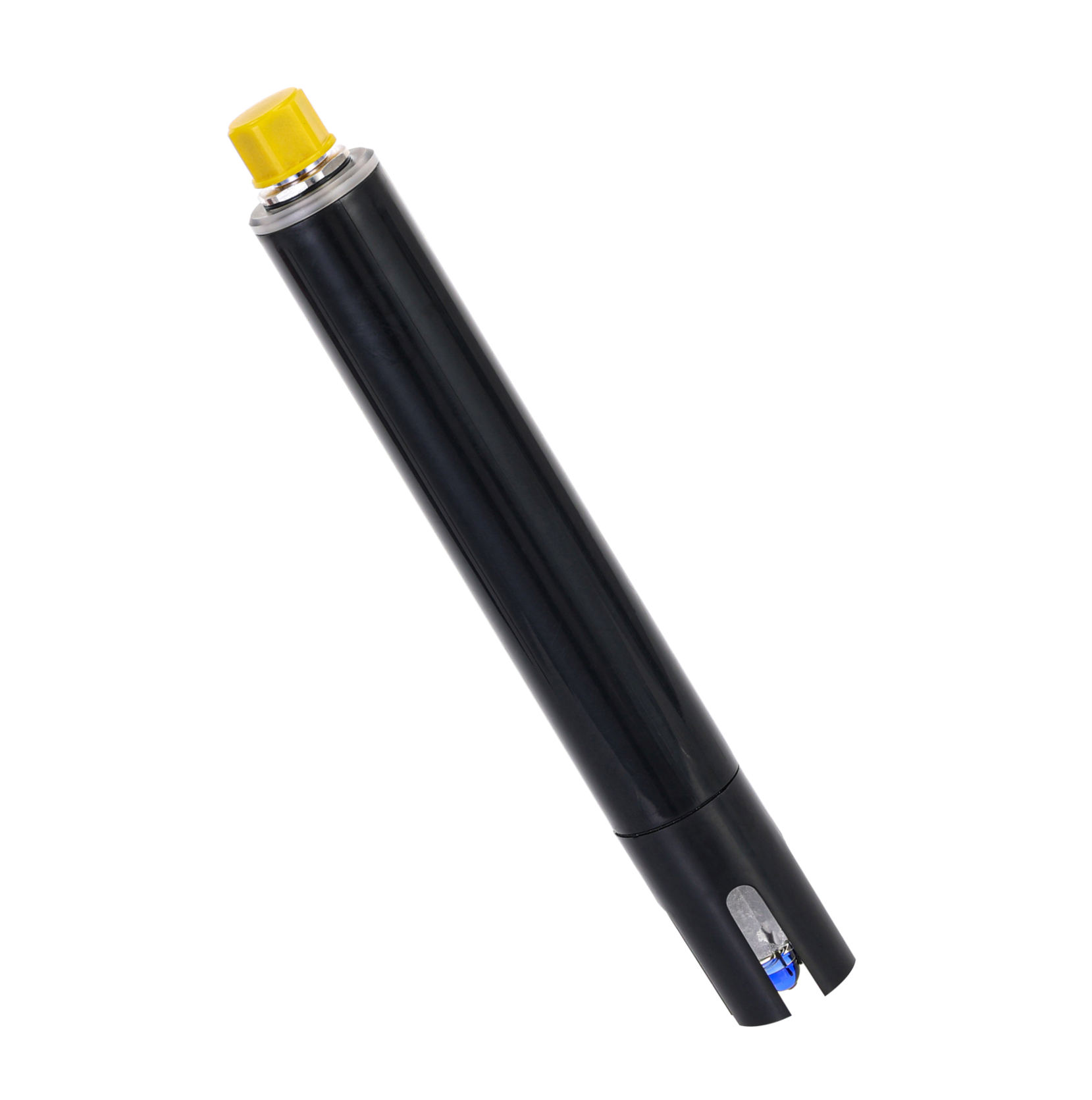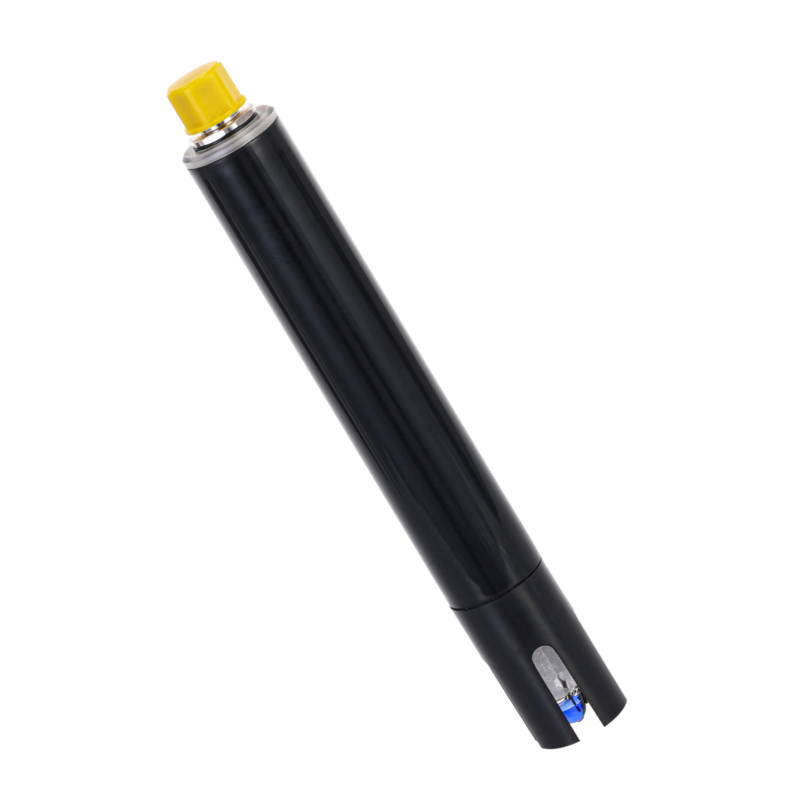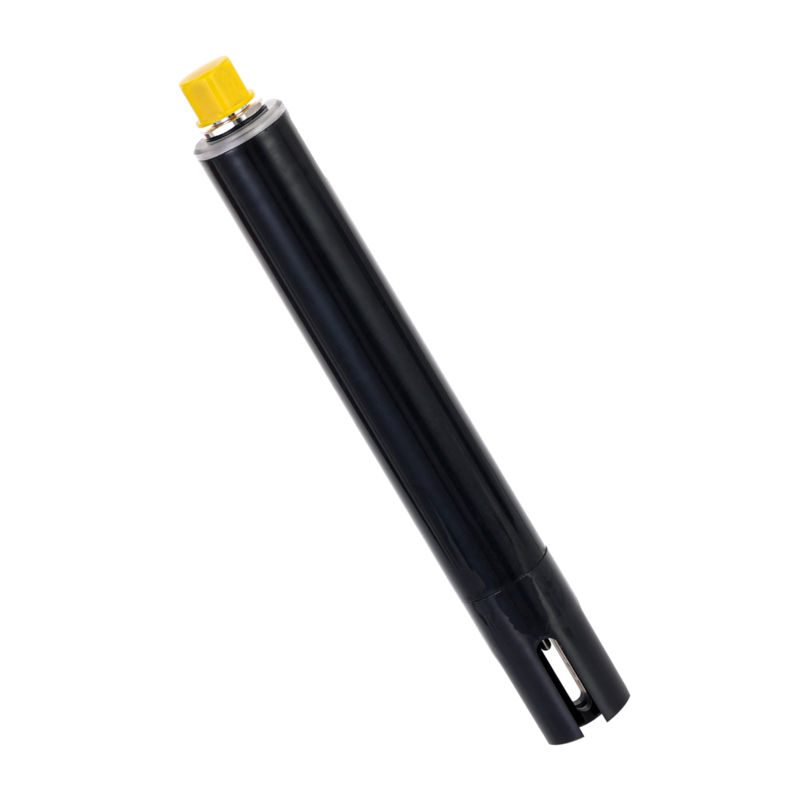ORP water sensor
- Accurate Redox Measurement: Advanced electrode technology delivers precise and reliable ORP readings for optimal water quality control.
- Split-type Design: Modular construction enables easy maintenance and quick sensor replacement, minimizing downtime.
- RS485 & Modbus RTU Communication: Ensures stable data transmission and effortless system integration.
- Wide Application Range: Ideal for drinking water, pipe networks, surface water, medical wastewater, and sewage treatment.
- Efficient Monitoring: Provides continuous, real-time monitoring to support rapid and effective water quality management.
Overview
The WQS-ORP Redox Potential Sensor utilizes advanced electrode technology to accurately measure the oxidation-reduction potential (ORP) of water samples, providing a reliable indication of redox strength. Its split-type design allows for easy maintenance and straightforward sensor replacement, significantly reducing operational downtime. With RS485 output and Modbus RTU communication, this sensor ensures seamless integration and stable data transmission in various monitoring systems. Engineered for versatility, the WQS-ORP sensor is widely applied in drinking water, pipe networks, surface water, medical wastewater, and various sewage treatment scenarios. Its precise and efficient monitoring capability helps customers maintain optimal water quality across diverse applications.
4 types of connection available
The sensors are available with different tail connections so that customers can choose according to their needs.
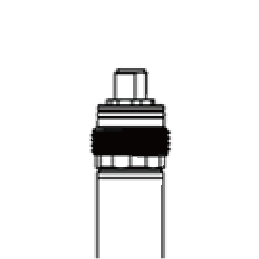
WQS-ORP-S01
IP65
5 pole aviation plug, cable length 2m with waterproof connection thread
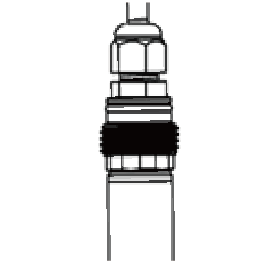
WQS-ORP-S11
IP68
Cable extending directly, cable length 6m with waterproof connection thread
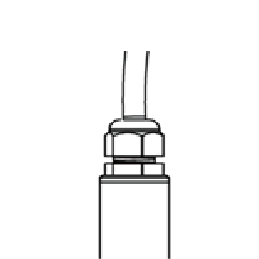
WQS-ORP-P01
IP65
5 pole aviation plug, cable length 2m

WQS-ORP-P11
IP68
Cable extending directly, cable length 6m
Installation methods
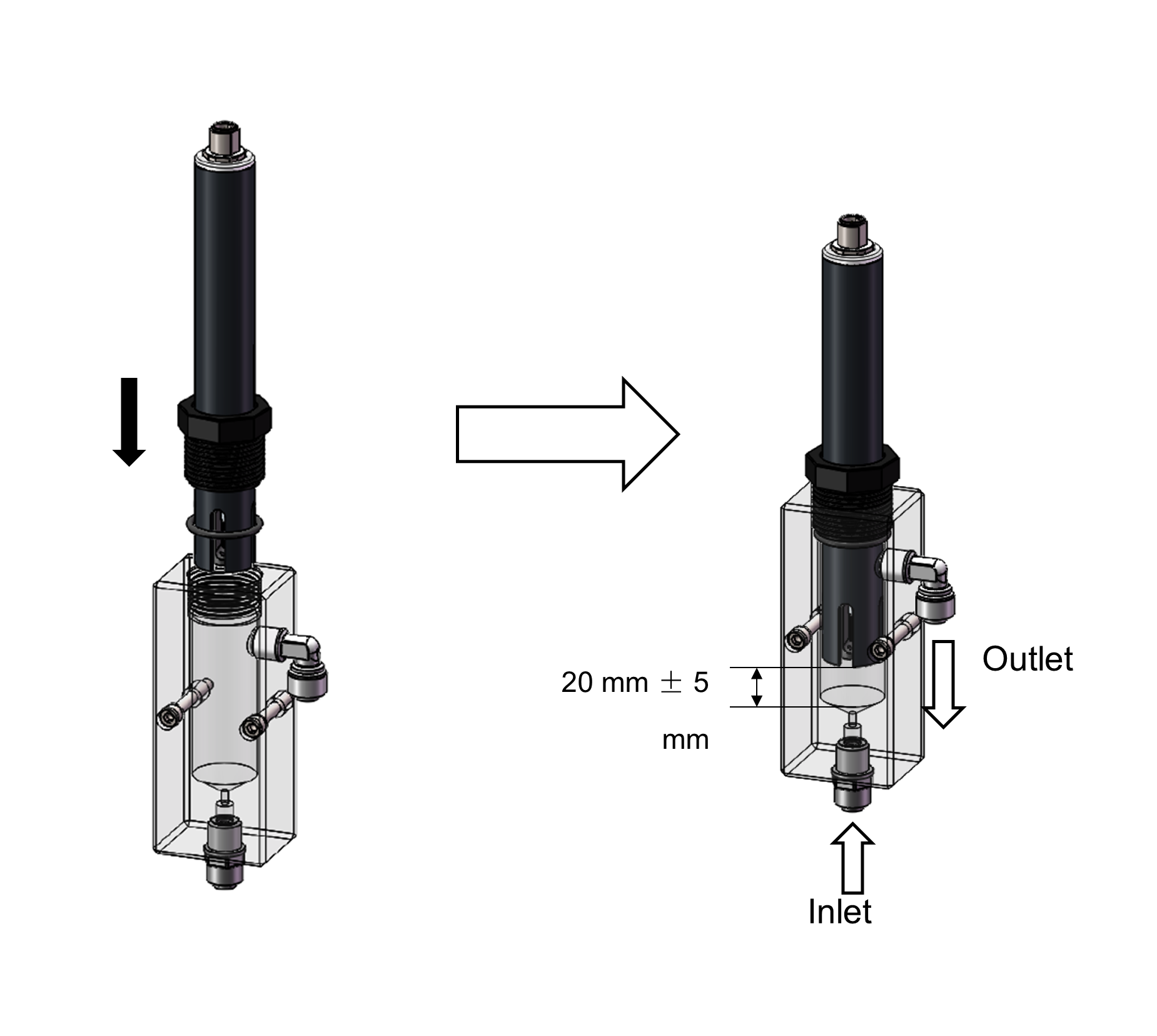
flow cell
Install the conductivity electrode into the flow cell as shown below. Then secure the flow cell to the backing plate
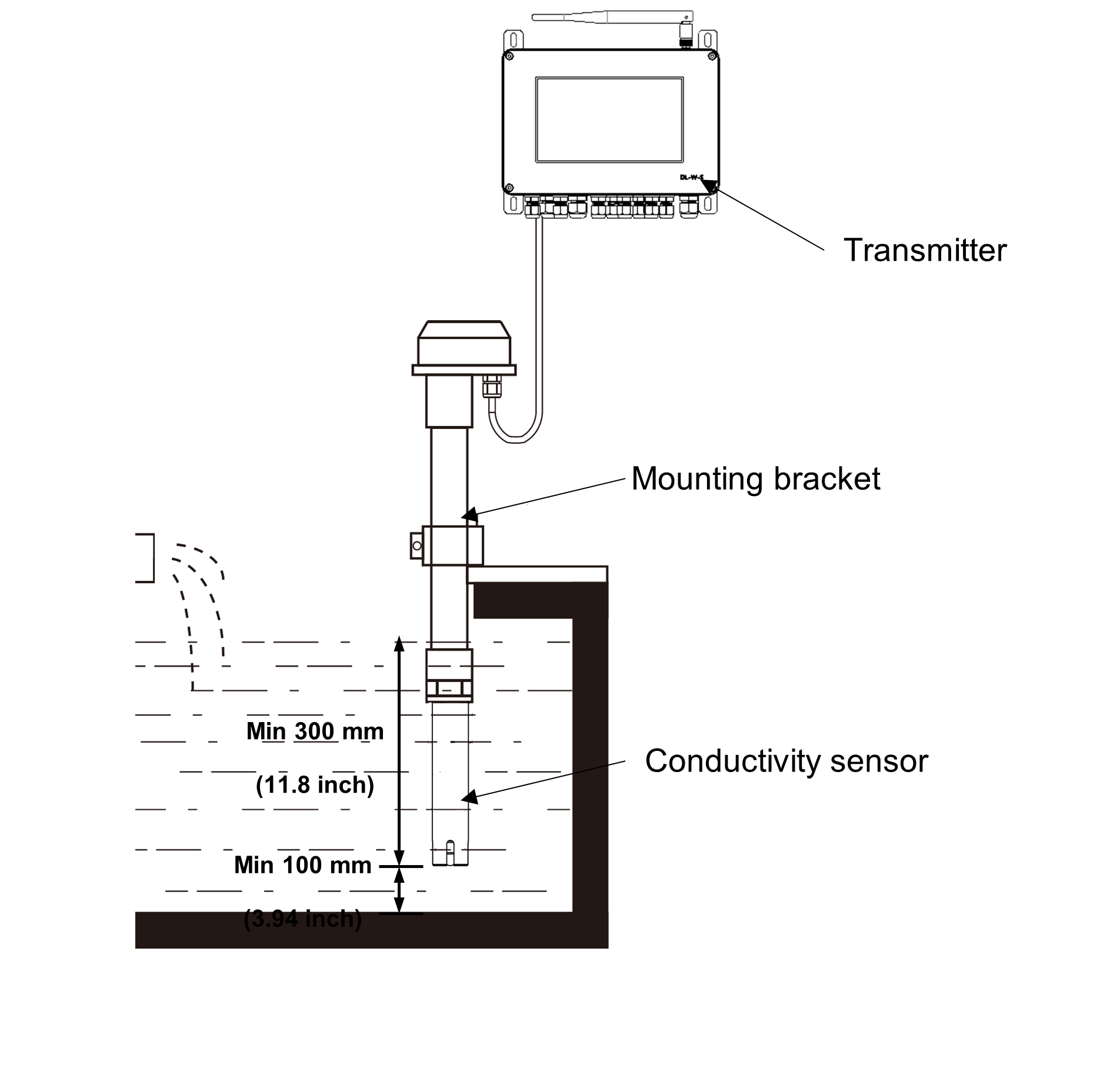
Submerged
Sensors with an extended cable on the end can be directly submerged in water
| Principle | Glass electrode method |
| Dimension | φ25×226 mm |
| Power requirements | DC+12 V ~ +24 V |
| Operating temperature | 2 to 50 °C |
| Pressure | 1 bar |
| Installation | Submerged, flow-through |
| Sample flow rate | 200-500 mL/min |
| Communication | RS485(Modbus RTU), Bluetooth |
| Parameter | Range | Resolution | Accuracy |
| ORP | -1500 mV~+1500 mV | 1 mV | ±20 mV |
| Temperature | 2-50 °C | 0.1 °C | ±1 °C |

